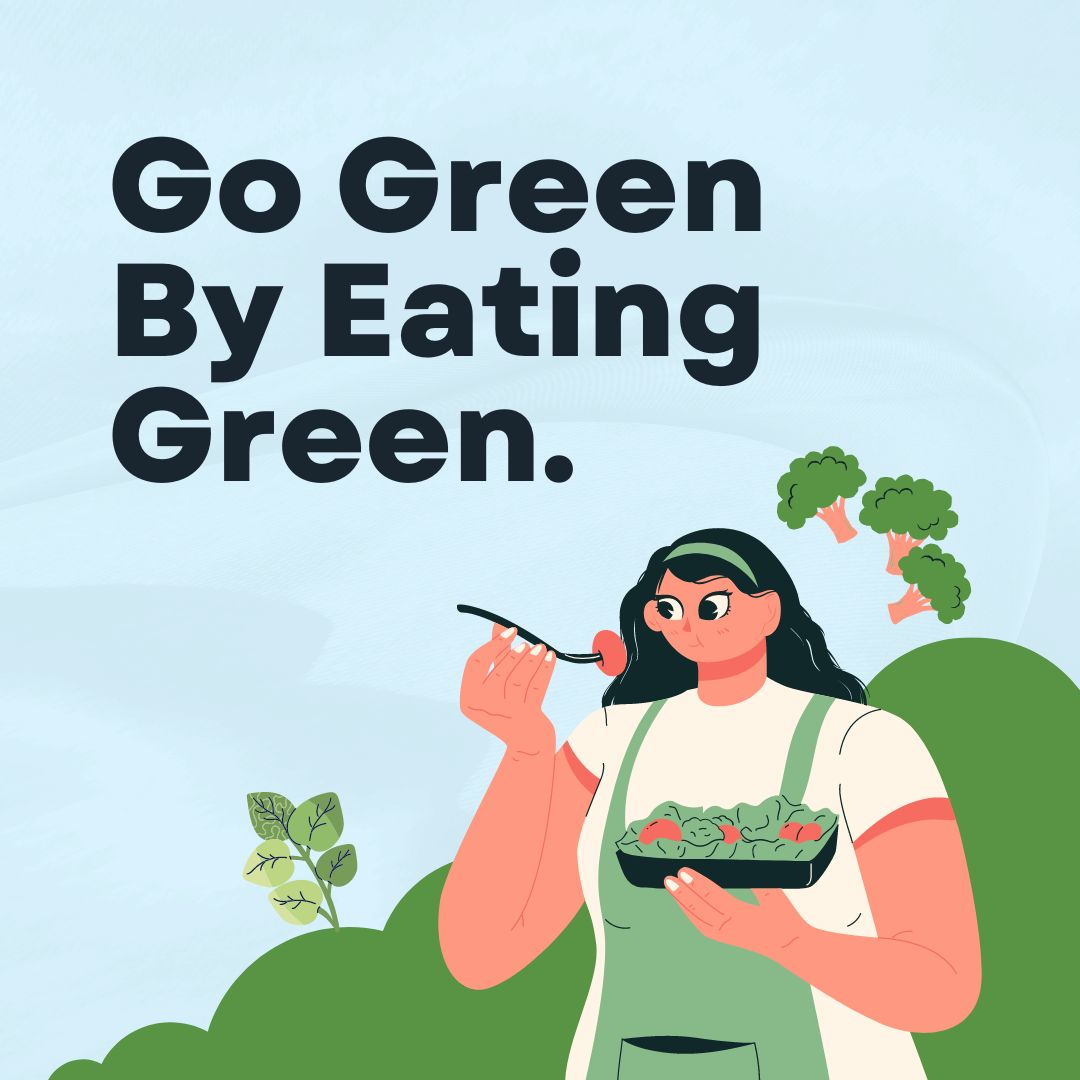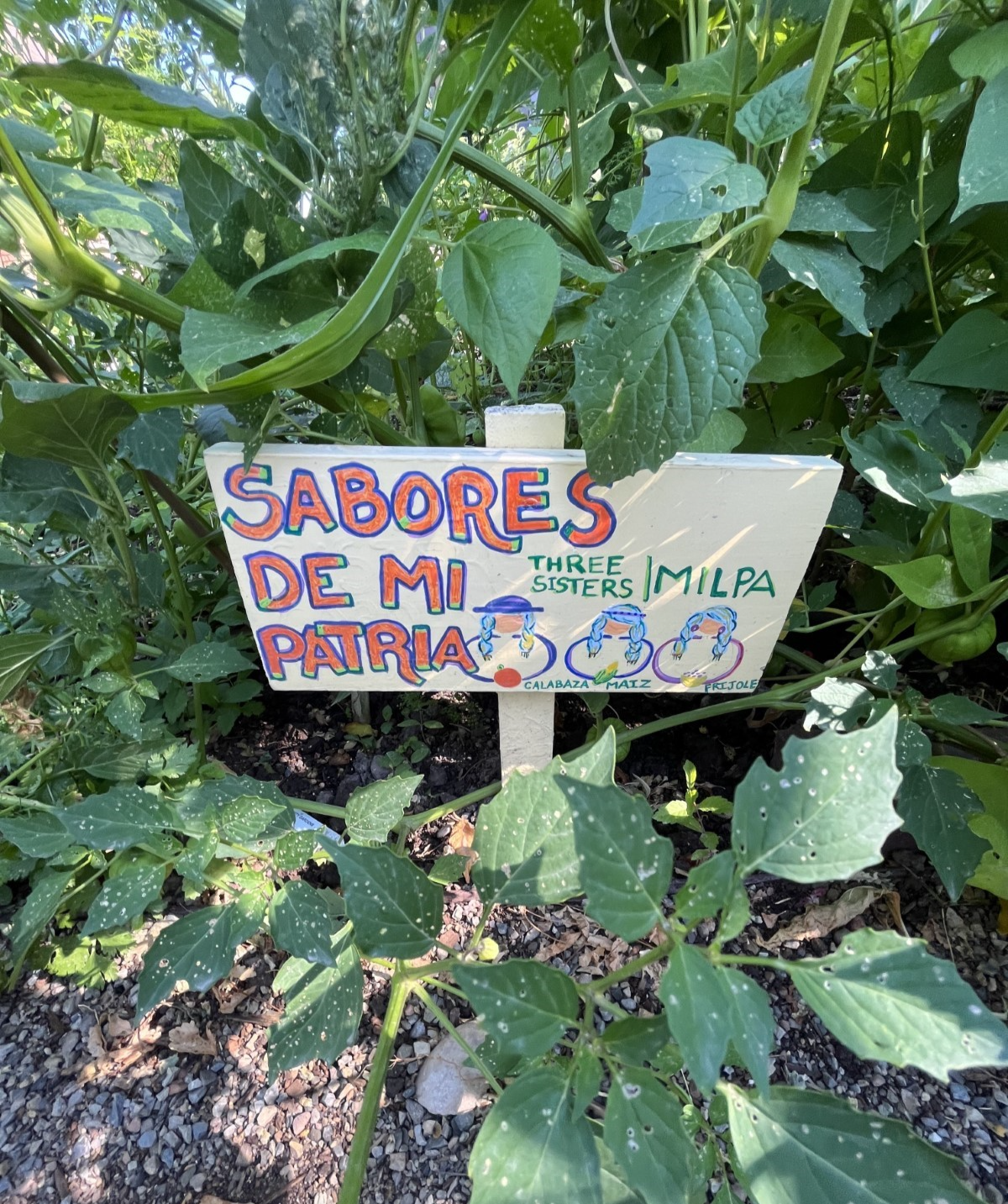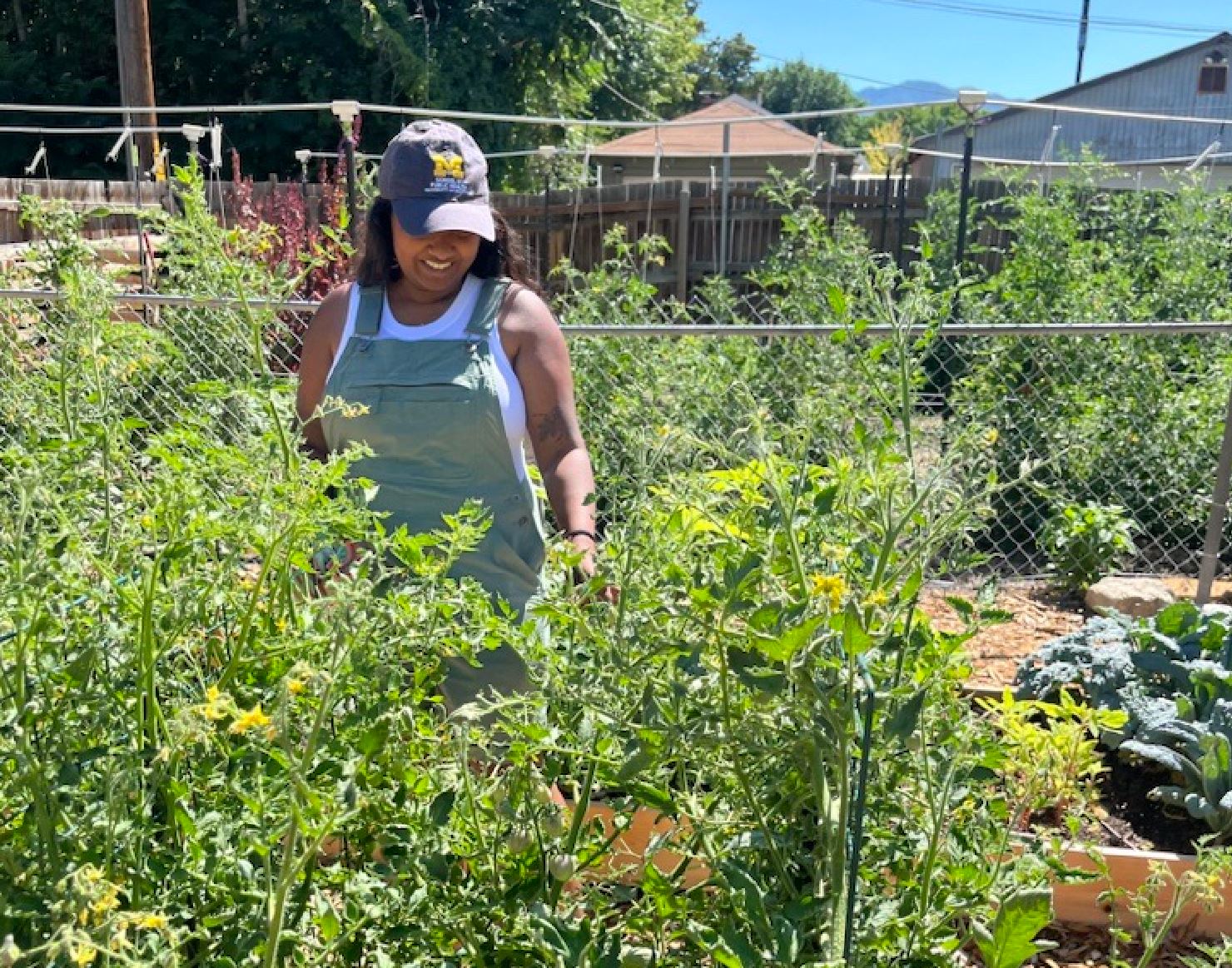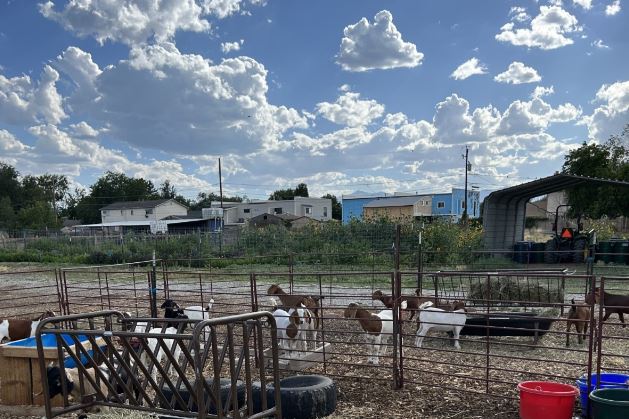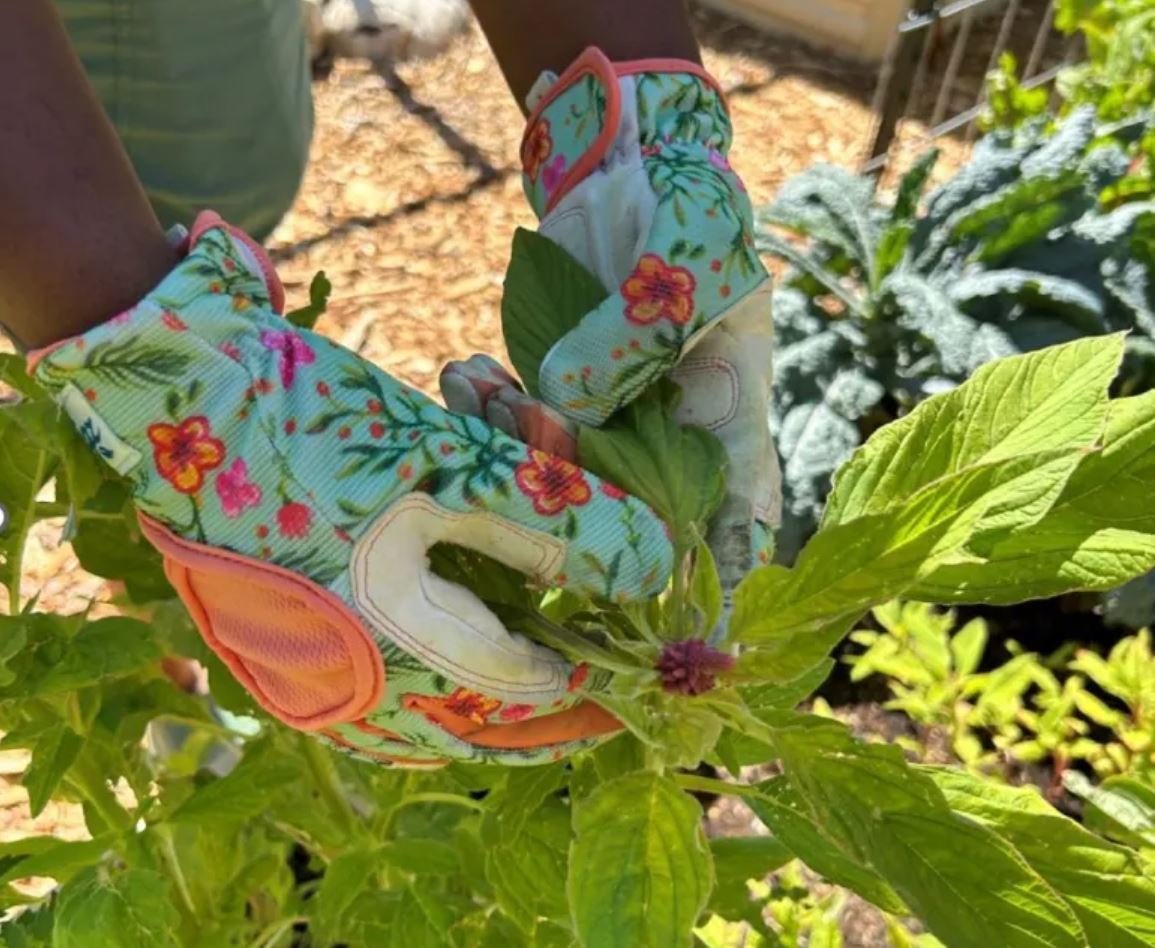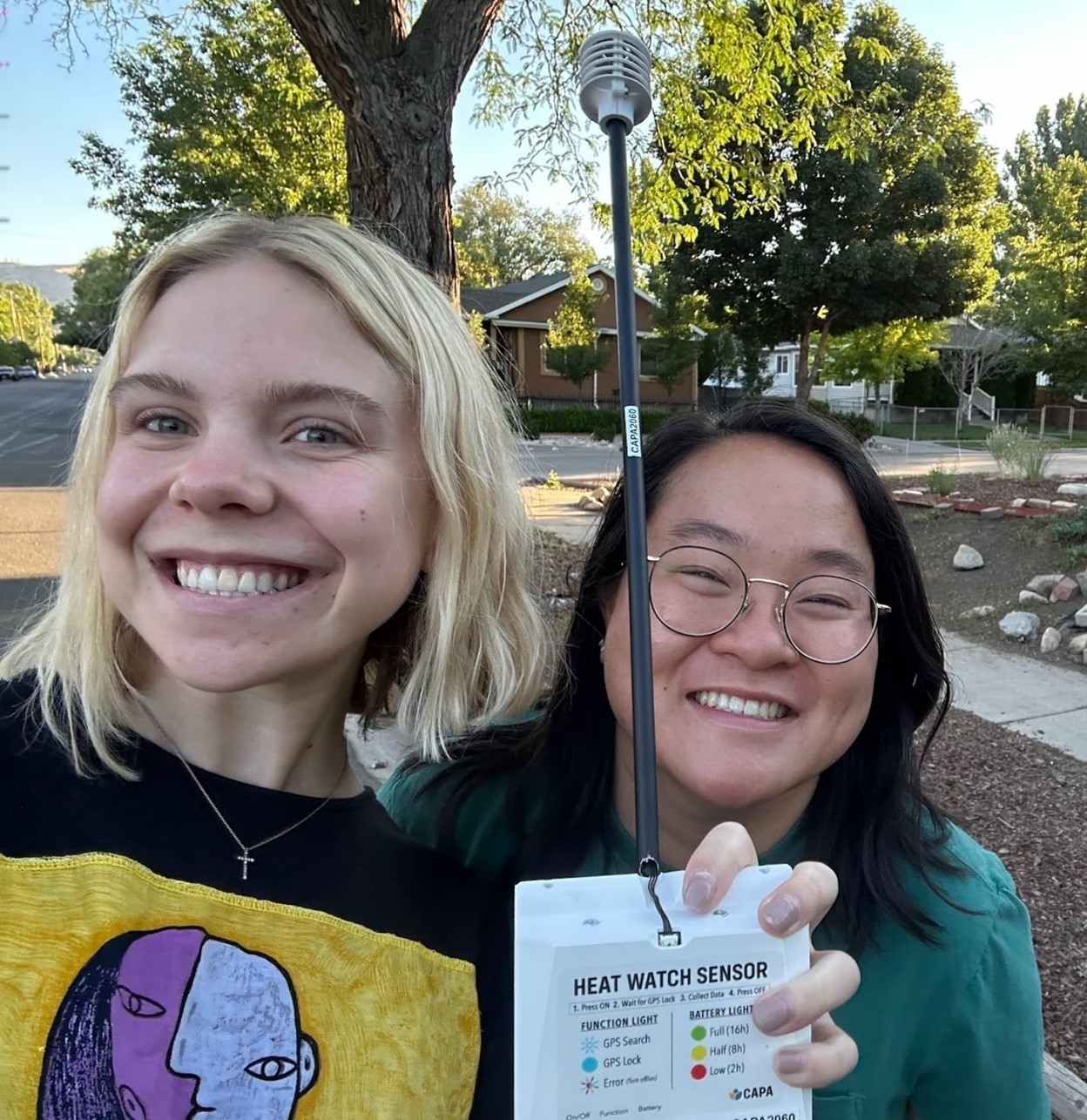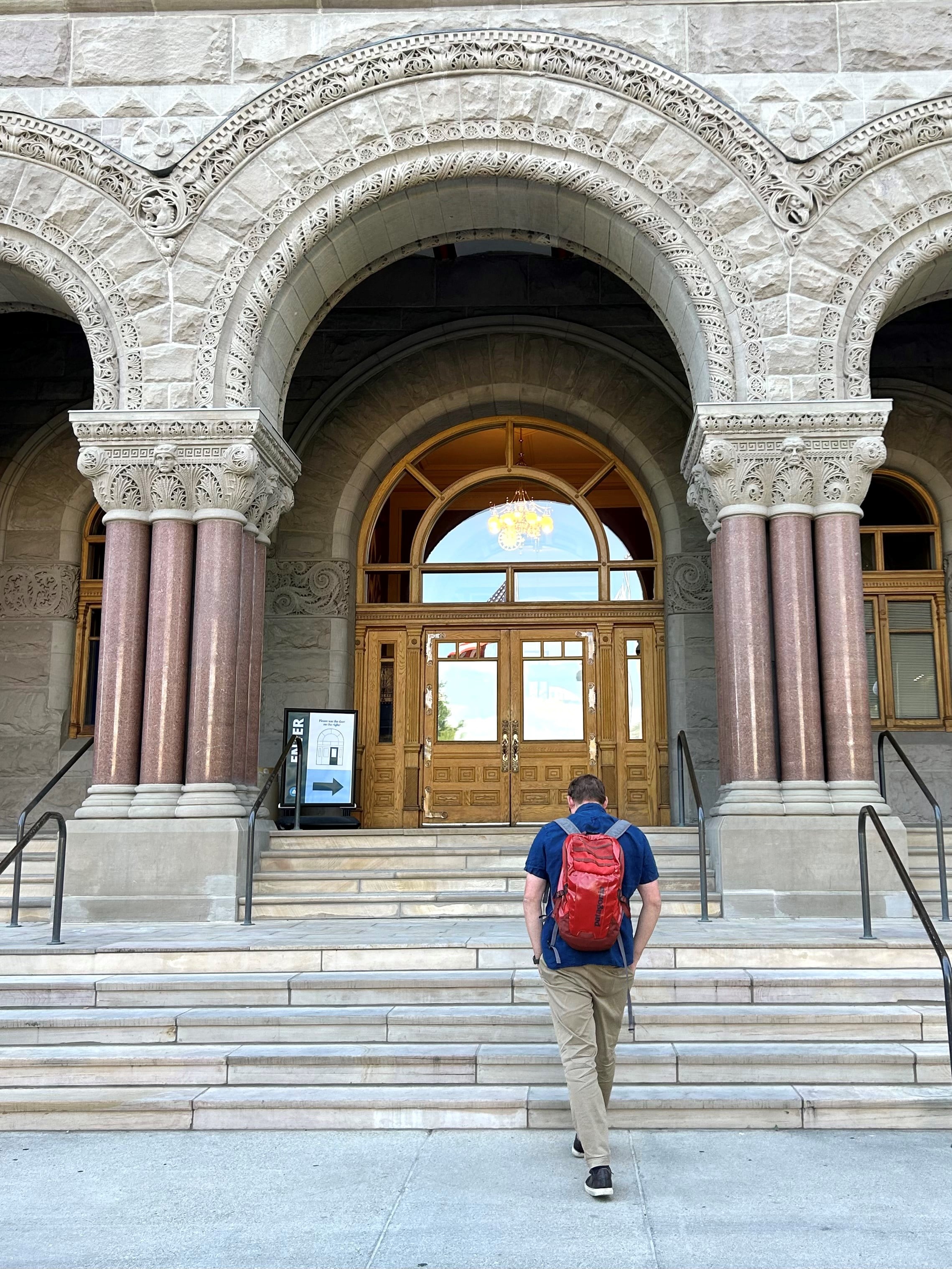by SLCgreen Intern Charles Bonkowsky
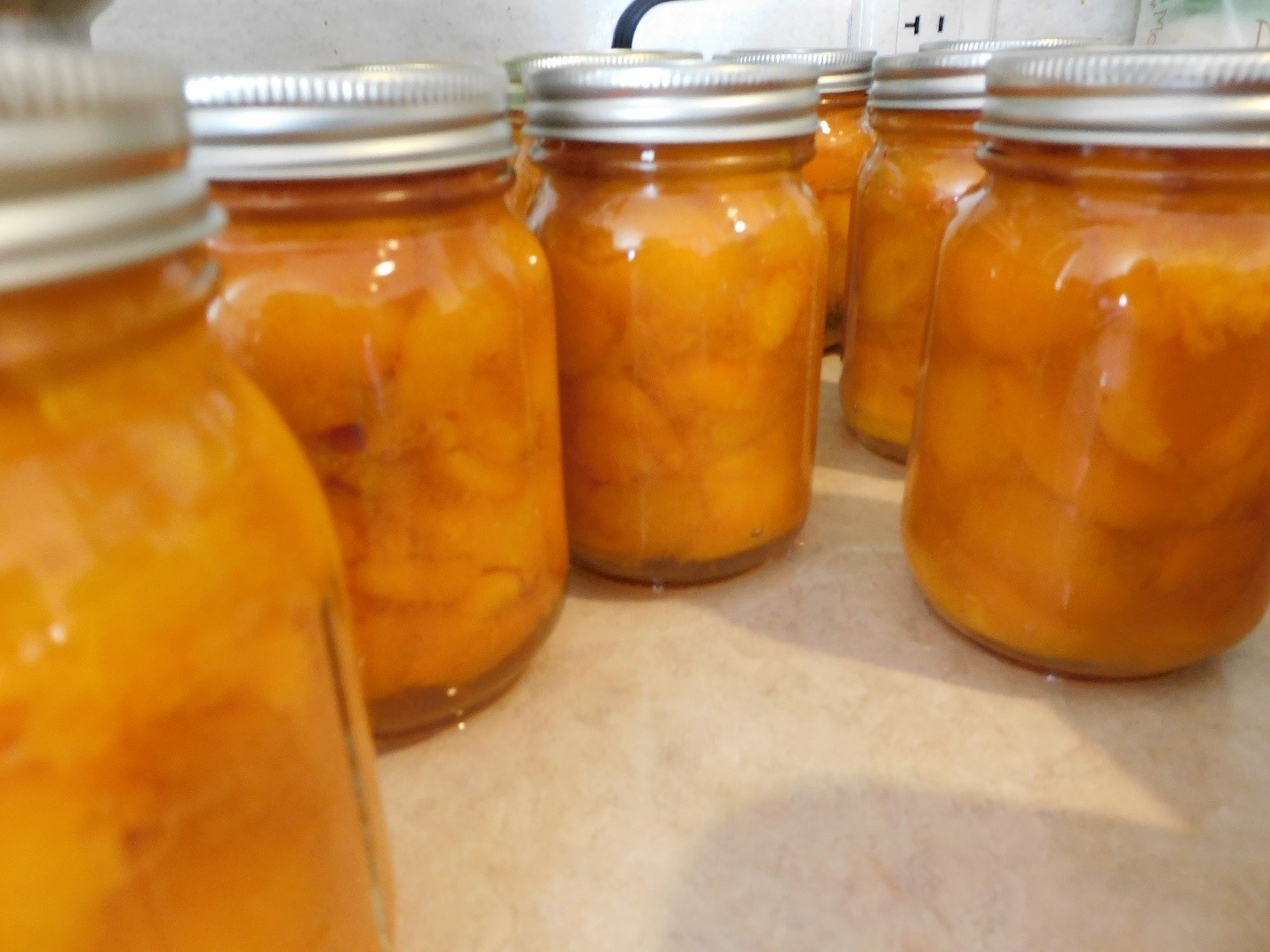
In the summer, the Salt Lake Valley is ripe with fruit. Through farmers’ markets or programs like the Green Urban Lunch Box, people all over the valley are able to enjoy it. But come winter, that fresh supply dries up.
Katie Lawson’s Salt Lake Canning Co. is working to fill that gap: in 2021 and 2022, the organization canned hundreds of jars of local fruit for distribution to senior citizens, and with the money received from Salt Lake City’s Food Equity Microgrant program, she hopes to do even more this year.
Continue reading
